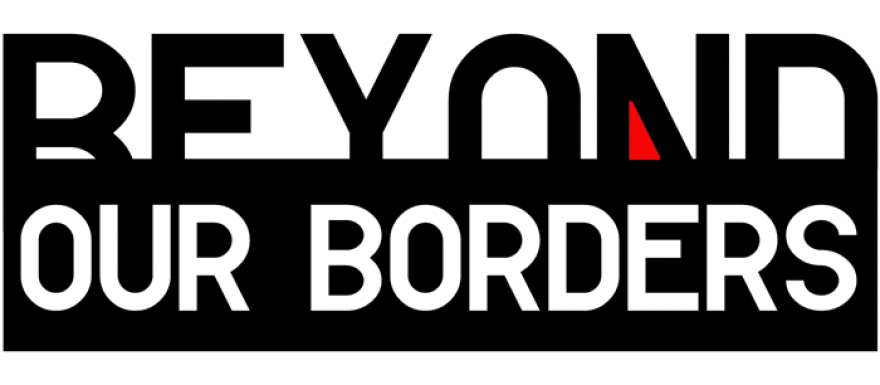Residing on State Line Road in the Kansas City, Kan., neighborhood of Rosedale can be puzzling at times.
As a former postal worker and resident of Rosedale since 1970, Philip Gardos recalls State Line neighbors hauling their trash across the street to Missouri or Kansas to take advantage of the other side’s trash day.
He’s seen Missouri and Kansas roads just feet away from each other receive very different treatment on snow days.
And calling 911 to report a fire across the street proved highly cumbersome for him, as dispatchers struggled to figure out which jurisdiction the blaze was in.

We met Gardos last week during a community listening session in Rosedale, part of Beyond Our Borders, a months-long project looking at how Kansas Citians divide themselves in a bi-state metropolitan area. In the spring and summer, we focused on Troost Avenue, based on feedback we received from the community. We will spend the rest of 2014 examining the state line in the Kansas City area.
On Tuesday, Central Standard host Gina Kaufmann interviewed Gardos, asking him about life in on State Line Road and life in Rosedale — the Kansas barrio runs from the Kansas River to the north, 47th Street to the south, State Line Road to the east and 18th Street Expressway to the west.
What do you mean when you say you are “theoretically” part of Kansas City, Kansas?”
“I guess I betray a certain loyalty just to the neighborhood of the Rosedale district. Rosedale was its own little city, I guess, until about the 1920s, when it unified with KCK. And administratively we certainly come under their thumb, but I think they give us quite a bit of independence. And certainly the people who live in Rosedale, by and large, think of themselves as people from Rosedale.”
How has living right on the state line affected you?
“When you call 911, one of the first questions they ask you is, “What is your emergency?” But then you’ve got to figure out whose problem it is. So, if it’s a hit-and-run or something like that they want to know which direction they went or which side of the state line was on and then they’ll get around to transferring you. I had a house across the street from me on fire one time … but (dispatchers) connected me to the KCK Fire Department. I tell them the address and they go, 'No, that’s Missouri.' It took three phone calls before we finally got the Missouri side … and the house is burning in the meantime."
What do you think is important for the rest of Kansas City to know about Rosedale as a specific neighborhood and Kansas City, Kan./Wyandotte County in general?
When I first came to Rosedale, one of the things I noticed about Kansas City, Kan., was they seemed to be suffering from an inferiority complex. I think that’s pretty much gone. Certainly the recent few years of development on the Kansas side made us pretty proud. And now when you say ballpark, people aren’t sure if you’re talking about the T-Bones’ new park or the Royals stadium. Just little things like that eventually get your attention.
This look at the Missouri-Kansas state line is part of KCUR's months-long examination of how geographic borders affect our daily lives in Kansas City. KCUR will go Beyond Our Borders and spark a community conversation through social outreach and innovative journalism.
We will share the history of these lines, how the borders affect the current Kansas City experience and what’s being done to bridge or dissolve them. Be a source for Beyond Our Borders: Share your perspective and experiences on the state line with KCUR.




